
Monitoring and regulating temperature is fundamental to life, and creating the technology to achieve this has been the work of many scientists throughout history. Galileo invented the first documented thermometer in 1592, using a simple air system in a glass bulb. It wasn’t until the 18th century that Daniel Gabriel Fahrenheit created the more accurate mercury thermometers, and Anders Celsius introduced the 0-100 degrees’ calibration references that we all know of today.
Fast forward a few hundred years. We now have thousands of advanced temperature sensors available with different technologies and designs that enable countless applications. Inventions such as the thermistor, thermocouple, thermopile, digital and platinum sensors all offer a wide range of benefits for different situations and environments. They have become highly sophisticated devices that are omnipresent in our daily lives; everything from our coffee pots to transportation solutions to office equipment utilize some type of temperature sensor.
And there’s no signs of a slowdown in demand; the temperature sensor market was valued at $5.13 billion in 2016 and is estimated to grow to $6.26 billion by 2022. This rapid growth is being fueled in part by changing consumer and industrial trends and technological shifts. More such as in the high-tech automotive and semi-conductor sectors, need advanced temperature sensors to better run their production facilities, such as for energy efficiency and automated process control.
To manage this, temperature sensors must be smarter with precise communication and self-diagnostic functions. Meanwhile, as electronic devices become slimmer and more portable, it is a challenge for engineers to create corresponding designs for temperature sensors.
Let’s look at some of the newer sensor types and the applications they help enable.
NTC Thermistor
A thermistor sensor meets the growing demand for lightweight sensors with high efficiency and low-cost. With thermo-sensitive materials, its resistance decreases as temperature increases. It is extremely sensitive to temperature changes without causing much thermal load. What’s more, although NTC Thermistors are small, they can operate between -150°C and + 300°C, and are useful across many fields.
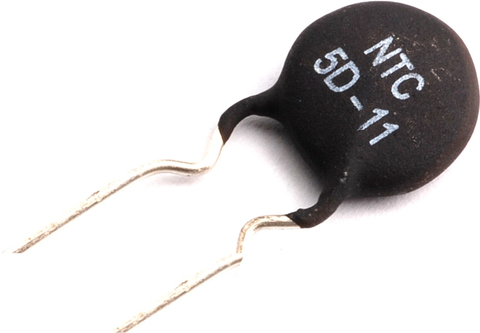
They are used in medical devices such as dialysis equipment, DNA sequencers and blood analyzers as well as home appliances such as the stove. One of its key applications is in the automotive industry, where it monitors the outside or inside temperature. In electric cars, preventing batteries from overheating is a quite new demand.
Thermocouple
A thermocouple sensor is lightweight and made of two different metal wires connected at one point. When one end is exposed to a heat source, an electrical potential difference is generated.
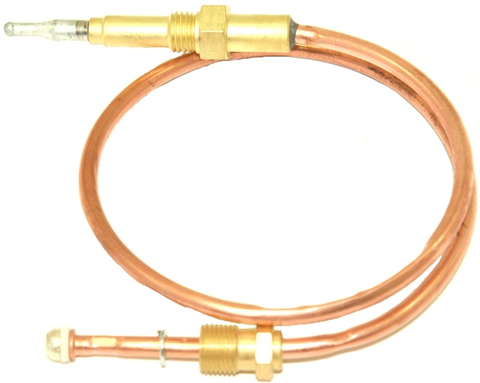
The thermocouples use this measurable voltage to calculate the temperature and activate an HVAC device, for example, to regulate the ambient temperature. The core benefit of the thermocouple sensor is that it can be used in very high temperature conditions or harsh environments, with some models operating at up to 1800°C and above.
Platinum Sensors
Platinum sensors are growing in popularity in part due to its durability and reliability. A platinum sensor’s resistance is almost linear across its temperature range, allowing for precise temperature monitoring. The operating temperature range runs from -200°C to +1000°C making them a good option for use in extreme heat environments like ovens.
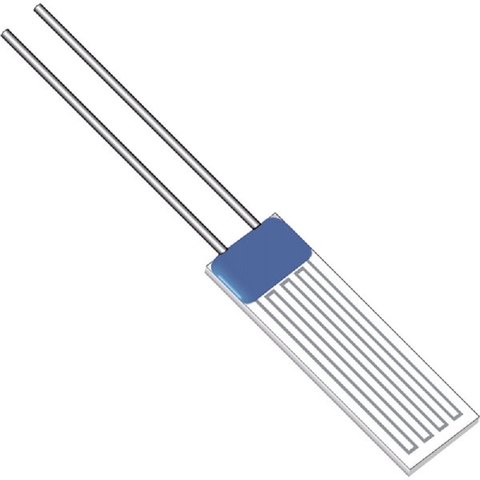
Platinum sensors are also used in applications, where extremely high reliability and stable accuracy is required. Examples are lab equipment and environmental monitoring. Platinum temperature sensors are particularly common in exhaust gas temperature measurement of cars, trucks and off-road vehicles to minimize pollution and to optimize fuel consumption.
Thermopile Sensors
Thermopiles are leader in the non-contact temperature sensor category, effectively measuring physical objects up to several meters away. Thermopiles are used in a broad range of applications including industrial process monitoring and medical temperature measurement such as the ear thermometer.
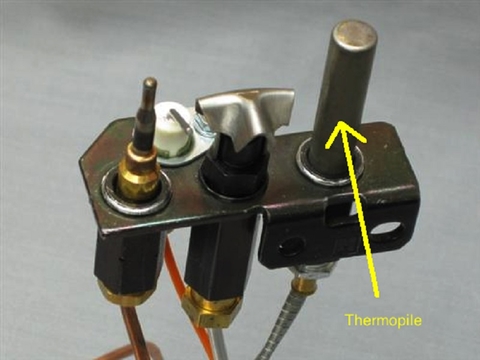
Other applications include home appliances such as microwave ovens, fire and heat alarms, road and highway ice detection. Thermopile sensors can also be used in systems for gas concentration measurement (e.g. CO2) or occupancy and motion sensing in cars or buildings.
Digital Temperature Sensors
Digital temperature sensors measure temperature and convert the analog signal into digital output within the same device. In addition, it can be directly connected with digital computing units or data acquisition devices. Digital temperature sensors are commonly used in thermostats and as board mounted sensors in devices such as home appliances, medical devices and consumer electronics.
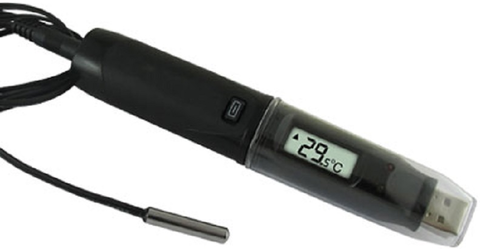
Digital temperature sensors are prominent in IoT systems, like smart home applications as they can trigger home heating or air-conditioning systems, helping to maintain a comfortable home temperature and optimizing energy consumption.
What’s next on the horizon for temperature sensors? Keep an eye out for a trend toward digital output devices for easy use and connected application (IOT).
About the author
Dr. Dirk Nuesse is the Director of Temperature Sensor Engineering at TE Connectivity Sensor Solutions.